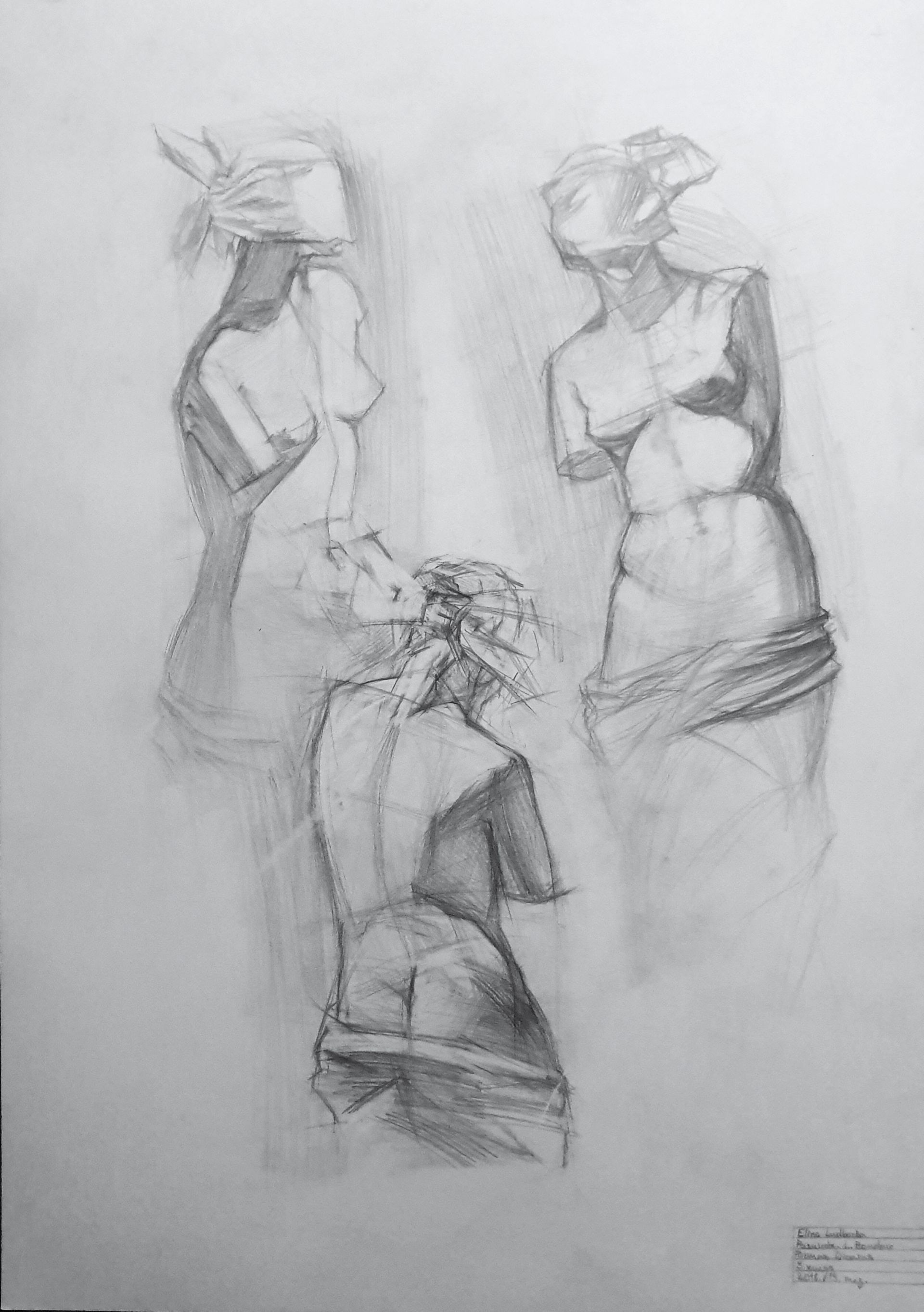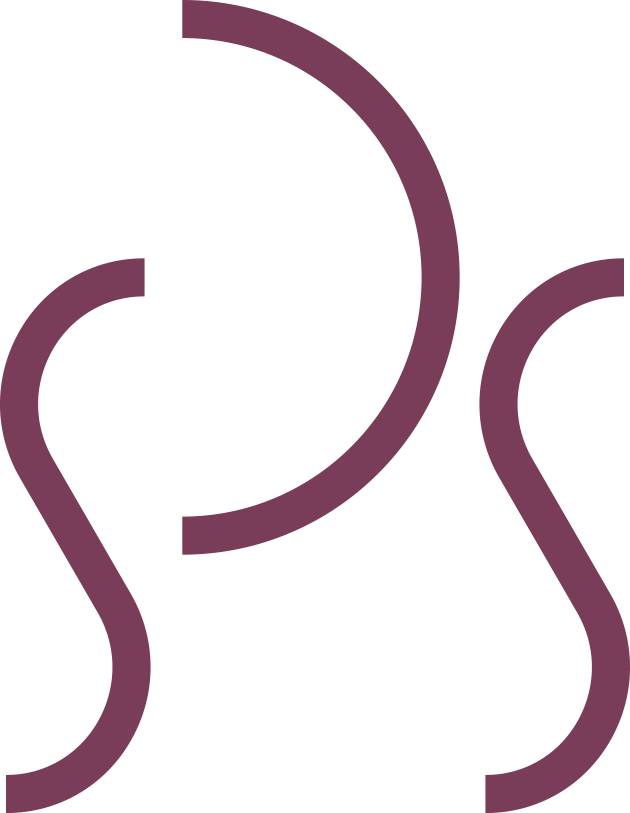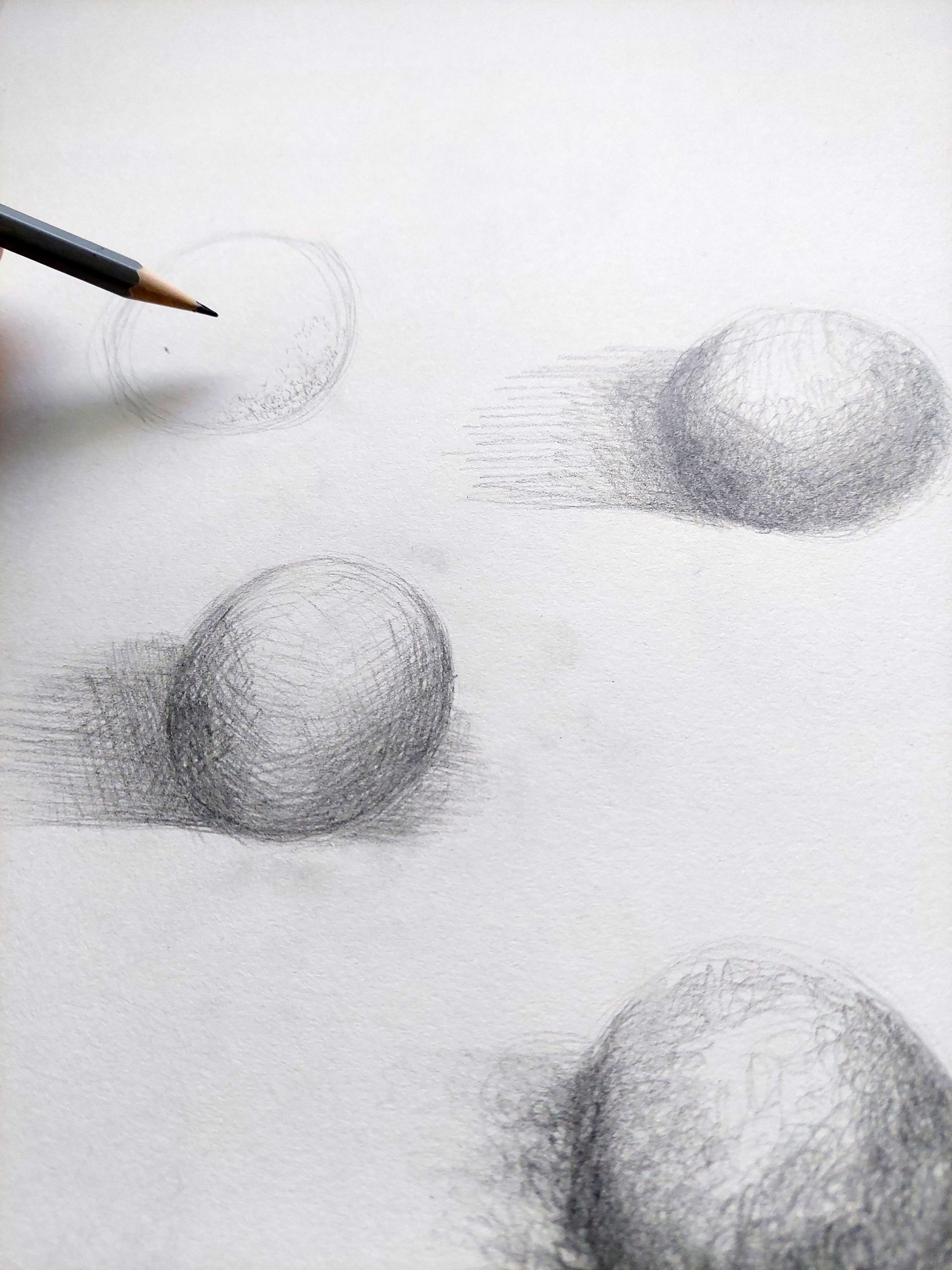
Drawing paper
Bristol board – has a smooth drawing surface; this kind of paper can hold pressure, so while drawing, it will not tear or bleed through onto the other side.
Cartridge paper – this type of paper is mainly used for illustration and drawing, its high quality and heavy paper. This is the best paper for graphite drawing. Regarding the colour of the paper, there are various white shades for which shade to choose. It’s a matter of personal taste and preferences. For example, I prefer to use off-white, which is a bit warmer, and in my opinion, it gives the drawing some extra depth.
Here are some aspects to think of when choosing a paper;
Drawing on toned paper can create a different atmosphere and mood than on white paper. Toned paper is frequently used to provide depth and mood to subjects that require a lot of shade, such as landscapes, portraits, and still lifes. When you draw on toned paper, the colour of the paper functions as a mid-tone, which means your highlights and shadows will have more excellent contrast and seem more lively.
On the other hand, drawing on white paper may be a better choice if you want a clean and sharp look. It also depends on the media used. Some materials, such as coloured pencils or pastels, may perform better on toned paper than others, such as ink or markers.
Cartridge paper – this type of paper is mainly used for illustration and drawing, its high quality and heavy paper. This is the best paper for graphite drawing. Regarding the colour of the paper, there are various white shades for which shade to choose. It’s a matter of personal taste and preferences. For example, I prefer to use off-white, which is a bit warmer, and in my opinion, it gives the drawing some extra depth.
Here are some aspects to think of when choosing a paper;
Drawing on toned paper can create a different atmosphere and mood than on white paper. Toned paper is frequently used to provide depth and mood to subjects that require a lot of shade, such as landscapes, portraits, and still lifes. When you draw on toned paper, the colour of the paper functions as a mid-tone, which means your highlights and shadows will have more excellent contrast and seem more lively.
On the other hand, drawing on white paper may be a better choice if you want a clean and sharp look. It also depends on the media used. Some materials, such as coloured pencils or pastels, may perform better on toned paper than others, such as ink or markers.
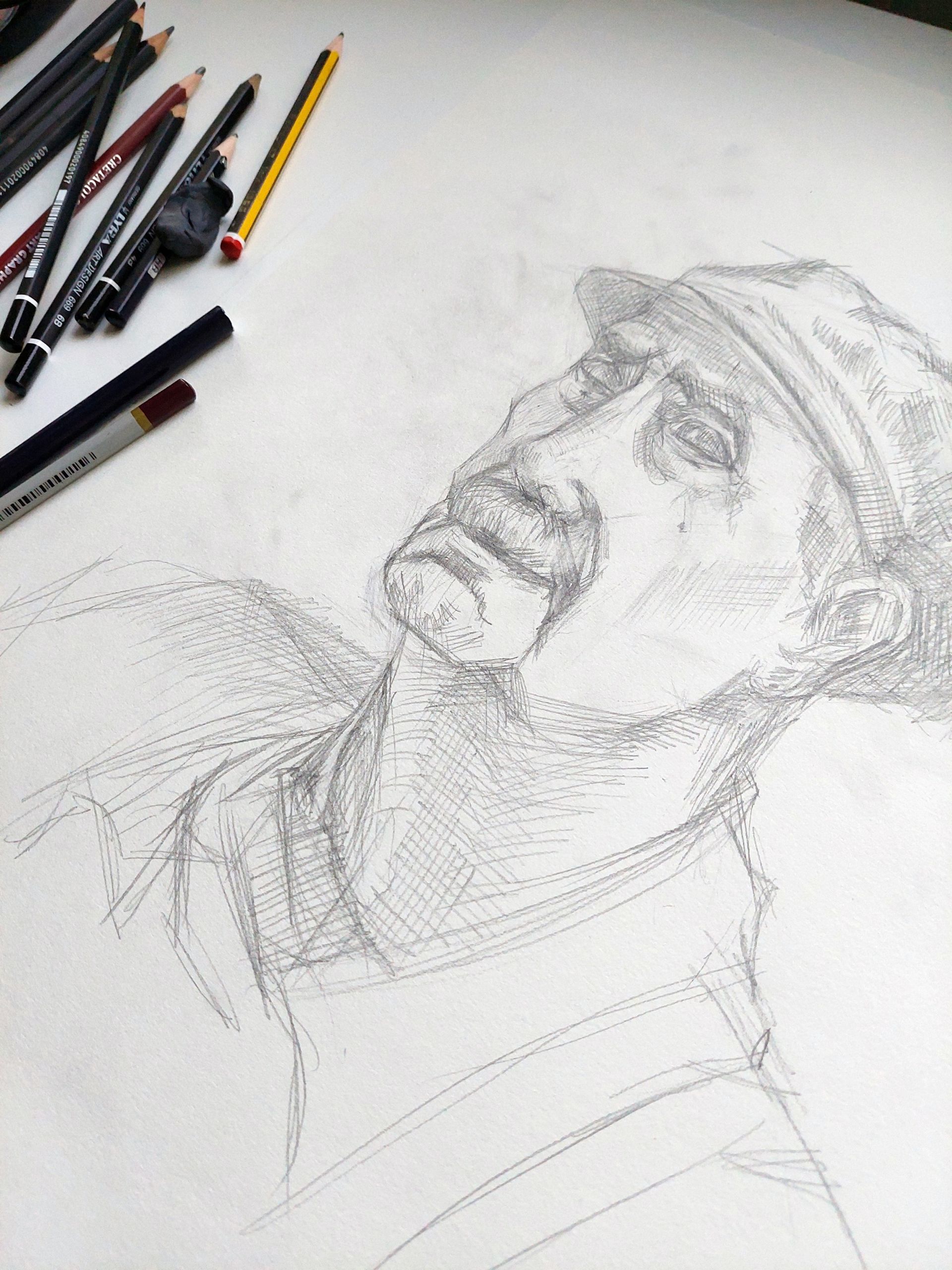
Pencils
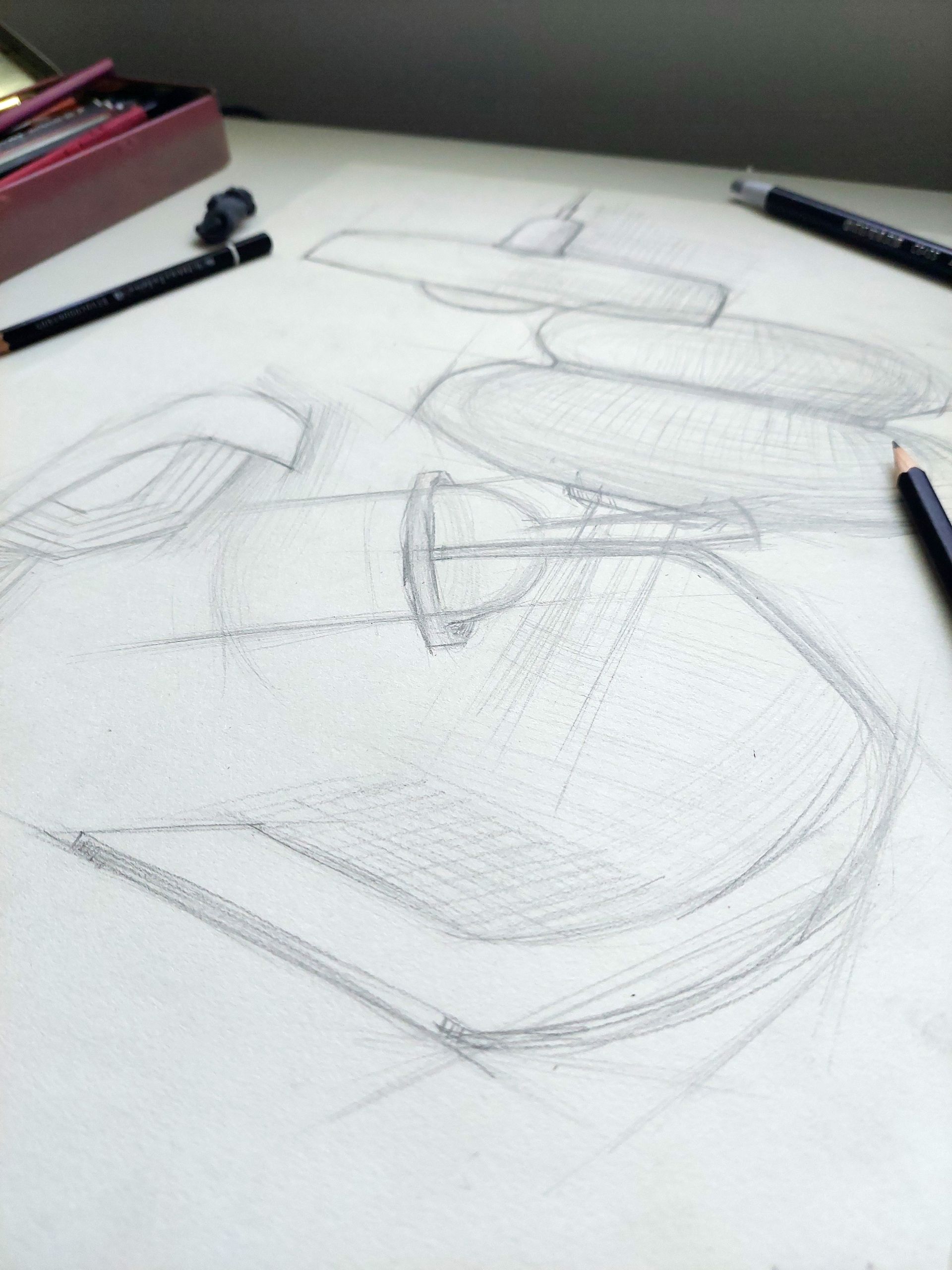
Erasers
